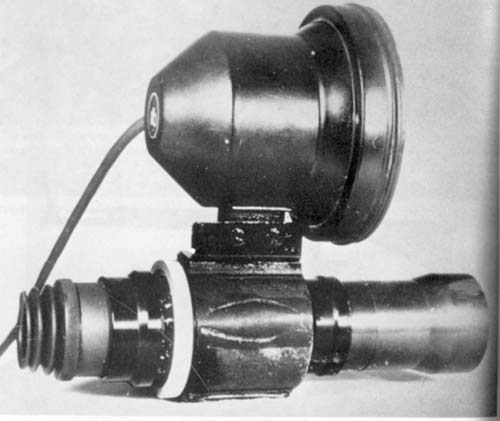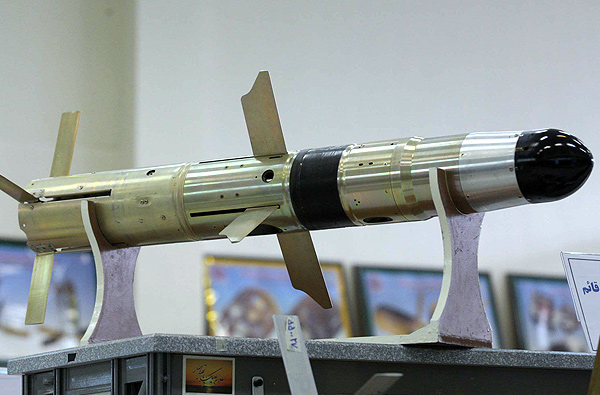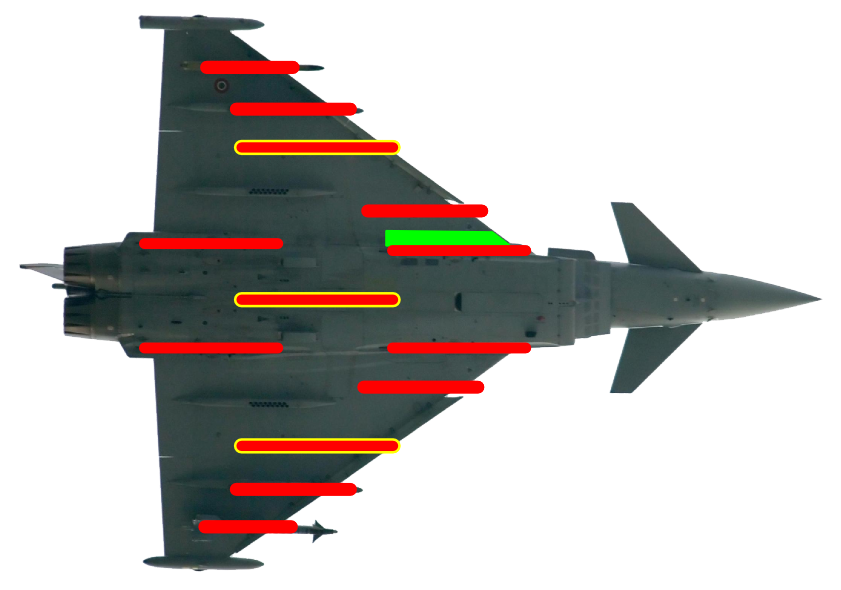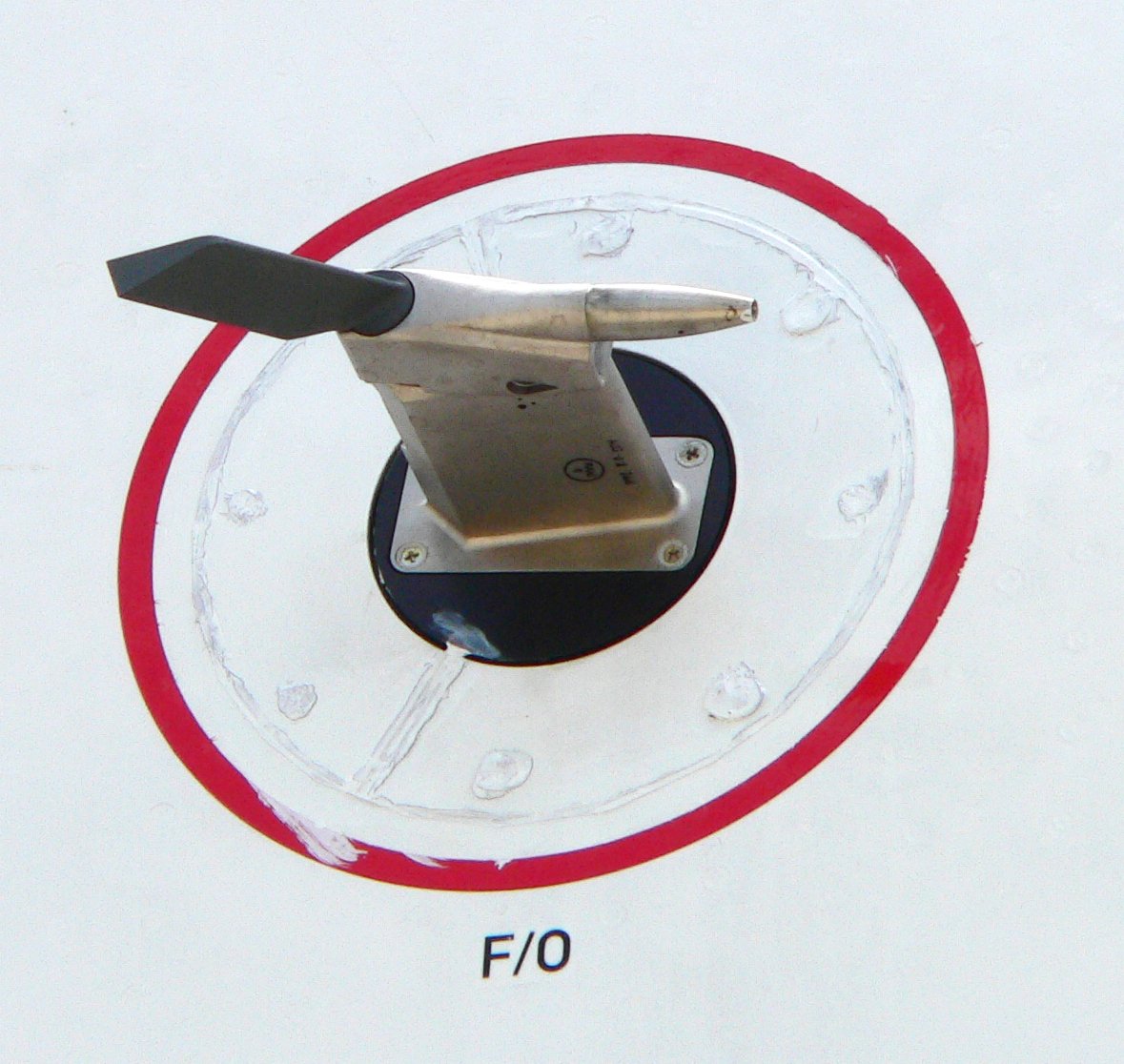|
Mohajer-6 (UAV)
The Ppehpad Mohajer-6 (, literally: "Immigrant Drone") is an Iranian single-engine multirole ISTAR UAV capable of carrying a multispectral surveillance payload and/or up to four precision-guided munitions. The Mohajer-6 was unveiled in April 2016 and entered mass production in February 2018. As of February 2018, ten have been manufactured for the IRGC Ground Forces, and 40 are planned for the IRGC Navy. It complements the larger Shahed 129 operated by the IRGC Aerospace Force. The drone has also been delivered to the Iranian Army. In 2022, Iran provided multiple Mohajer-6 drones to Russia during its invasion of Ukraine. Design The Mohajer-6 has a rectangular fuselage, an upwards-sloping nose, twin tailbooms, a top-mounted horizontal stabilizer, uncanted wingtips, straight wings mounted high and to the rear of the body, and air intakes on the top and bottom of the engine. The Mohajer-6 is controlled by two elevators on the horizontal stabilizer, rudders on the vertical stab ... [...More Info...] [...Related Items...] OR: [Wikipedia] [Google] [Baidu] |
Intelligence, Surveillance And Reconnaissance
ISTAR stands for Military intelligence, intelligence, surveillance, target acquisition, and reconnaissance. In its macroscopic sense, #ISTAR, ISTAR is a practice that links several battlefield functions together to assist a combat force in employing its sensors and managing the information they gather. Information is collected on the battlefield through systematic observation by deployed soldiers and a variety of electronic sensors. ''Surveillance'', ''target acquisition'' and ''reconnaissance'' are methods of obtaining this information. The information is then passed to intelligence personnel for analysis, and then to the commander and their staff for the formulation of battle plans. Military intelligence, Intelligence is processed information that is relevant and contributes to an understanding of the ground, and of enemy dispositions and intents. Intelligence failures can happen. ISR (Intelligence, surveillance and reconnaissance) ISR is the coordinated and integrated acq ... [...More Info...] [...Related Items...] OR: [Wikipedia] [Google] [Baidu] |
Intake
An intake (also inlet) is an opening, structure or system through which a fluid is admitted to a space or machine as a consequence of a pressure differential between the outside and the inside. The pressure difference may be generated on the inside by a mechanism, or on the outside by ram pressure or hydrostatic pressure. Flow rate through the intake depends on pressure difference, fluid properties, and intake geometry. Intake refers to an opening, or area, together with its defining edge profile which has an associated entry loss, that captures pipe flow from a reservoir or storage tank. Intake refers to the capture area definition and attached ducting to an aircraft gas turbine engine or ramjet engine and, as such, an intake is followed by a compressor or combustion chamber. It may instead be referred to as a diffuser (other), diffuser. For an automobile engine the components through which the air flows to the engine cylinders, are collectively known as an intake syste ... [...More Info...] [...Related Items...] OR: [Wikipedia] [Google] [Baidu] |
Ceiling (aeronautics)
With respect to aircraft performance, a ceiling is the maximum density altitude an aircraft can reach under a set of conditions, as determined by its flight envelope. Service ceiling Service ceiling is the density altitude at which the rate of climb drops below a prescribed value. The service ceiling is the maximum altitude of an aircraft during normal operations. Specifically, it is the density altitude at which flying in a clean configuration, at the best rate of climb airspeed for that altitude and with all engines operating and producing maximum continuous power, will produce a given rate of climb. A typical value might be climb, or on the order of climb for jet aircraft. The one-engine inoperative (OEI) service ceiling of a twin-engine, fixed-wing aircraft is the density altitude at which flying in a clean configuration, at the best rate of climb airspeed for that altitude with one engine producing maximum continuous power and the other engine shut down (and if it has ... [...More Info...] [...Related Items...] OR: [Wikipedia] [Google] [Baidu] |
Communications Jamming
Radio jamming is the deliberate blocking of or interference with wireless communications.https://apps.fcc.gov/edocs_public/attachmatch/DA-12-347A1.pdf Enforcement Advisory No. 2012-02 FCC Enforcement Advisory Cell Jammers, GPS Jammers, and Other Jamming Devices Consumer Alert: Using or Importing Jammers is Illegal In some cases, jammers work by the transmission of radio signals that disrupt telecommunications by decreasing the signal-to-noise ratio. The concept can be used in wireless data networks to disrupt information flow. It is a common form of censorship in totalitarian countries, in order to prevent foreign radio stations in border areas from reaching the country. Jamming is usually distinguished from interference that can occur due to device malfunctions or other accidental circumstances. Devices that simply cause interference are regulated differently. Unintentional "jamming" occurs when an operator transmits on a busy frequency without first checking whether it is in u ... [...More Info...] [...Related Items...] OR: [Wikipedia] [Google] [Baidu] |
Electronic Support Measures
In military telecommunications, electronic support (ES) or electronic support measures (ESM) gather intelligence through passive "listening" to electromagnetic radiations of military interest. They are an aspect of electronic warfare involving actions taken under direct control of an operational commander to detect, intercept, identify, locate, record, and/or analyze sources of radiated electromagnetic energy for the purposes of immediate threat recognition (such as warning that fire control radar has locked on a combat vehicle, ship, or aircraft) or longer-term operational planning.Polmar, Norman "The U. S. Navy Electronic Warfare (Part 1)" ''United States Naval Institute Proceedings'' October 1979 p.137 Thus, electronic support provides a source of information required for decisions involving electronic protection (EP), electronic attack (EA), avoidance, targeting, and other tactical employment of forces. Electronic support data can be used to produce signals intelligence ( ... [...More Info...] [...Related Items...] OR: [Wikipedia] [Google] [Baidu] |
Infrared Homing
Infrared homing is a Missile guidance#Passive homing, passive weapon guidance system which uses the infrared (IR) light emission from a target to track and follow it seamlessly. Missiles which use infrared seeking are often referred to as "heat-seekers" since infrared is radiated strongly by hot bodies. Many objects such as people, vehicle engines and aircraft generate and emit heat and so are especially visible in the infrared wavelengths of light compared to objects in the background. Infrared seekers are passive devices, which, unlike radar, provide no indication that they are tracking a target. That makes them suitable for sneak attacks during visual encounters or over longer ranges when they are used with a forward looking infrared or similar cueing system. Heat-seekers are extremely effective: 90% of all timeline of United States military operations, United States air combat losses between 1984 and 2009 were caused by infrared-homing missiles. They are, however, subject ... [...More Info...] [...Related Items...] OR: [Wikipedia] [Google] [Baidu] |
Television Guidance
Television guidance (TGM) is a type of missile guidance system using a television camera in the missile or glide bomb that sends its signal back to the launch platform. There, a weapons officer or bomb aimer watches the image on a television screen and sends corrections to the missile, typically over a radio control link. Television guidance is not a ''seeker'' because it is not automated, although semi-automated systems with autopilots to smooth out the motion are known. They should not be confused with contrast seekers, which also use a television camera but are true automated seeker systems. The concept was first explored by the Germans during World War II as an anti-shipping weapon that would keep the launch aircraft safely out of range of the target's anti-aircraft guns. The best-developed example was the Henschel Hs 293, but the TV-guided versions of this weapon did not see operational use. The US also experimented with similar weapons during the war, notably the GB-4 and In ... [...More Info...] [...Related Items...] OR: [Wikipedia] [Google] [Baidu] |
Qaem
The Qaem (or Ghaem; ) refers to two completely distinct Iranian weapons: an air-to-ground glide bomb and a surface-to-air missile. These two weapons are similarly sized and identically named, and are both developed from the Toophan missile, but are separate weapon systems. Qaem surface-to-air missile This is an Iranian SACLOS beam-riding SHORAD surface-to-air missile. With a range of six kilometers and a maximum altitude of two kilometers, the Qaem is intended for use against UAVs and low flying or stationary helicopters. The Qaem is a development of the Toophan missile, itself an unlicensed copy of the American BGM-71 TOW missile, and entered mass production in 2010. The Qaem anti-aircraft missile uses a laser guidance system. Iran also produces a variant, the Qaem-M, which adds a proximity fuse. This weapon appears to be designed and manufactured based on the Toophan which is an anti-tank guided missile. * Ghaem-114 toophan missile comparable of AGM-114 North Korea may ope ... [...More Info...] [...Related Items...] OR: [Wikipedia] [Google] [Baidu] |
Hardpoint
A hardpoint is an attachment location on a structural frame designed to transfer force and carry an external or internal structural load, load. The term is usually used to refer to the mounting points (more formally known as a weapon station or station) on the airframe of military aircraft that carry list of aircraft weapons, weapons (e.g. gun pods and rocket pods), aircraft ordnance, ordnances (aerial bomb, bombs and guided missile, missiles) and support equipment (e.g. flare (countermeasure), flares and electronic countermeasure, countermeasures, targeting pods or drop tanks), and also include hardpoints (also known as pylons) on the wings or fuselage of a military transport aircraft, commercial airliner or private jet where external turbofan jet engines are often mounted. Aircraft In aeronautics, the term ''station'' is used to refer to a point of carriage on the frame of an aircraft. A station is usually rated to carry a certain amount of payload. It is a design number whi ... [...More Info...] [...Related Items...] OR: [Wikipedia] [Google] [Baidu] |
Pitot Tube
A pitot tube ( ; also pitot probe) measures fluid flow velocity. It was invented by French engineer Henri Pitot during his work with aqueducts and published in 1732, and modified to its modern form in 1858 by Henry Darcy. It is widely used to determine the airspeed of aircraft; the water speed of boats; and the flow velocity of liquids, air, and gases in industry. Theory of operation The basic pitot tube consists of a tube pointing directly into the oncoming fluid flow. Pressure in the tube can be measured as the moving fluid cannot escape and stagnates. This pressure is the stagnation pressure of the fluid, also known as the total pressure or (particularly in aviation) the pitot pressure. The measured stagnation pressure cannot just by itself be used to determine the fluid flow velocity (airspeed in aviation) directly. However, with a measured static pressure as well it can be determined by the use of Bernoulli's equation which states: :Stagnation pressure = static pr ... [...More Info...] [...Related Items...] OR: [Wikipedia] [Google] [Baidu] |
Infrared Camera
Infrared thermography (IRT), thermal video or thermal imaging, is a process where a thermal camera captures and creates an image of an object by using infrared radiation emitted from the object in a process, which are examples of infrared imaging science. Thermographic cameras usually detect radiation in the long-infrared range of the electromagnetic spectrum (roughly 9,000–14,000 nanometers or 9–14 μm) and produce images of that radiation, called thermograms. Since infrared radiation is emitted by all objects with a temperature above absolute zero according to the black body radiation law, thermography makes it possible to see one's environment with or without visible illumination. The amount of radiation emitted by an object increases with temperature; therefore, thermography allows one to see variations in temperature. When viewed through a thermal imaging camera, warm objects stand out well against cooler backgrounds; humans and other warm-blooded animals become ... [...More Info...] [...Related Items...] OR: [Wikipedia] [Google] [Baidu] |









